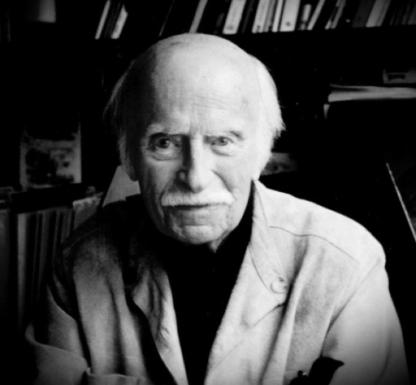
It's not a fad. It's our history.
Founding Fleetwood in 1955, Norwood E. Hubbell was a pioneer on many fronts. In insight-led design, he identified schools’ need for flexible furniture on wheels before mobility was considered a spatial solution. He believed in the concept so strongly he named the company Fleetwood because it made wood furniture that was “fleet of foot.”
Second, Norwood was also a man of strong faith who set up Fleetwood to give a large portion of its profits to missions, which it does to this day.
And third, Norwood believed in people. Because of his philosophies, Fleetwood is now one of 2,000 United States fully owned ESOP (Employee Stock Ownership Plan) companies.

Our Design History
Norwood Hubbell, Fleetwood’s founder, had the great fortune of collaborating with Henry P. Glass on several designs, including Swingline Children's Furniture. Known as “Folding Glass” by designers because of his collapsible designs that optimized shipping, portability and storage, Glass was born in Vienna in 1911 and was a successful architect until Anschluss. Denounced, he was sent to Dachau and then Buchenwald, where his captors forced him to design a Nazi officer cemetery. In 1939, his wife was successful in getting him released by the Gestapo. After gaining his freedom, the couple immigrated to New York where he became a furniture and product designer in addition to continuing his architectural work.
Glass, a strong environmental advocate, built one of the first passive solar homes in America in 1948. He also started the industrial design department in the School of the Art Institute of Chicago, where he served as a professor for more than twenty years.
Several of Glass’ pieces are on permanent display in the American Art Collection at the Art Institute of Chicago. Glass, known for the design of the Hairpin table leg, was awarded 52 US patents and received numerous other awards.



